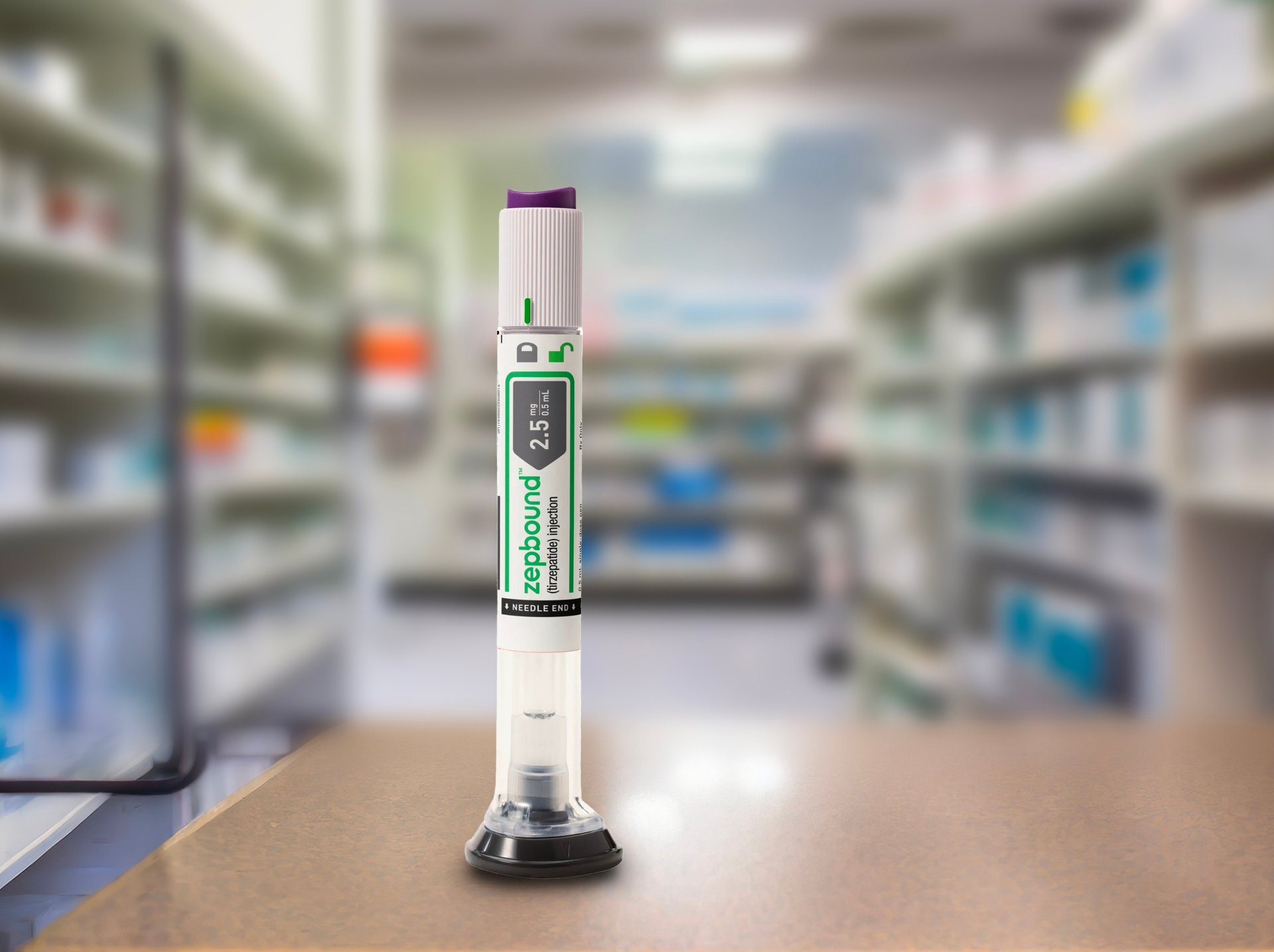What Eli Lilly’s new obesity drug Zepbound means for GLP-1 weight-loss medication prices
Zepbound has a much lower sticker price than its rival, Novo Nordisk's Wegovy

Eli Lilly’s new weight-loss drug Zepbound has a much lower sticker price, $1,060, than rival drug Wegovy, which is priced at $1,350.
Suggested Reading
While a drug’s list price is usually higher than what’s paid by patients at pharmacy checkouts, the lower list price for Zepbound signals that Eli Lilly may engage in price competition with its Danish rival Novo Nordisk, the pharmaceutical company that makes Wegovy. And that could be the first step to bringing down the prices of obesity medicines.
Related Content
“The more unique manufacturers who are producing [weight-loss medications], the greater the price competition, and that benefits all consumers,” said John Cawley, a professor of public policy and economics at Cornell University.
“The fact that Eli Lilly has announced a significantly lower list price for Zepbound than Wegovy signals that they are not seeking to quietly avoid price competition,” he added. “Zepbound has a higher percentage of weight loss associated with it, so it’s very much a competitor [to Wegovy]... That competition should lead to lower prices.”
That’s important for many patients who can’t afford the drug. People with obesity are more likely to be women and have lower incomes, and people with lower incomes are less likely to have good insurance coverage, said Edmond Wickham, a doctor who volunteers on the board of directors of the American Board of Obesity Medicine. This means obesity drugs are more inaccessible for the people who need them the most.
About 50 million of the 110 million Americans living with obesity have coverage for anti-obesity medicines, according to Novo Nordisk. But federally funded Medicare does not cover obesity medicines, and Medicaid covers one or more weight-loss drugs in only 16 states, according to KFF, a health policy research nonprofit.
Zepbound, Wegovy, and Saxenda are GLP-1 drugs that mimic a hormone that curbs people’s appetites, causing significant weight loss. The three are FDA-approved for obesity treatment. Other GLP-1 drugs such as Rybelsus, Ozempic, and Mounjaro are approved to treat Type 2 diabetes, but not for the treatment of weight-loss management, even though they have the same active ingredients.
What patients would pay for Zepbound compared to Wegovy and Saxenda
Zepbound
Eli Lilly’s Zepbound was made available at US pharmacies on Dec. 5. The cost of a one or three-month Zepbound prescription could be as low as $25 for people with commercial insurance that covers the drug who enroll in Zepbound’s savings card program.
Patients enrolled in the savings program who have commercial insurance that does not cover the drug could pay as low as $550 for a one-month Zepbound prescription. Zepbound will be added to Cigna Healthcare’s commercial formularies beginning Dec. 15, according to Eli Lilly. It is unclear what people without commercial insurance would pay for Zepbound, and Zepbound does not allow patients with government-funded healthcare programs such as Medicaid or Medicare to enroll in its savings program.
Wegovy
Some 80% of patients with insurance coverage for Wegovy pay $25 or less, according to a Novo Nordisk statement provided to Quartz. Patients with commercial insurance plans that don’t cover the drug who pay cash can receive a savings card to reduce the full list price by $500. The card is effective for up to 12 refills of 28-day prescriptions. In other words, without commercial insurance coverage, patients could pay about $850 for a one-month supply. Like Zepbound, only people with commercial or private insurance qualify for Wegovy’s savings program.
Saxenda
Some 80% of commercially insured one-month Saxenda prescriptions cost $30 or less as of August 2021, according to Novo Nordisk. It’s unclear what commercially insured patients without coverage for the drug pay.
Saxenda’s savings program will be discontinued after Dec. 31, and it’s unknown what patients will pay in 2024 and beyond for the drug.
Supply issues add to the health equity problem
Due to the shortage of prescription weight-loss medications this year, patients often have to spend time looking for the drugs—time that typically isn’t afforded to lower-paid frontline workers in less flexible work environments.
“I certainly have had patients that really would like to be on the medicine … but they just don’t have the time to call pharmacies on what could even be a daily basis to find out [if they can] get it there,” said Wickham.
